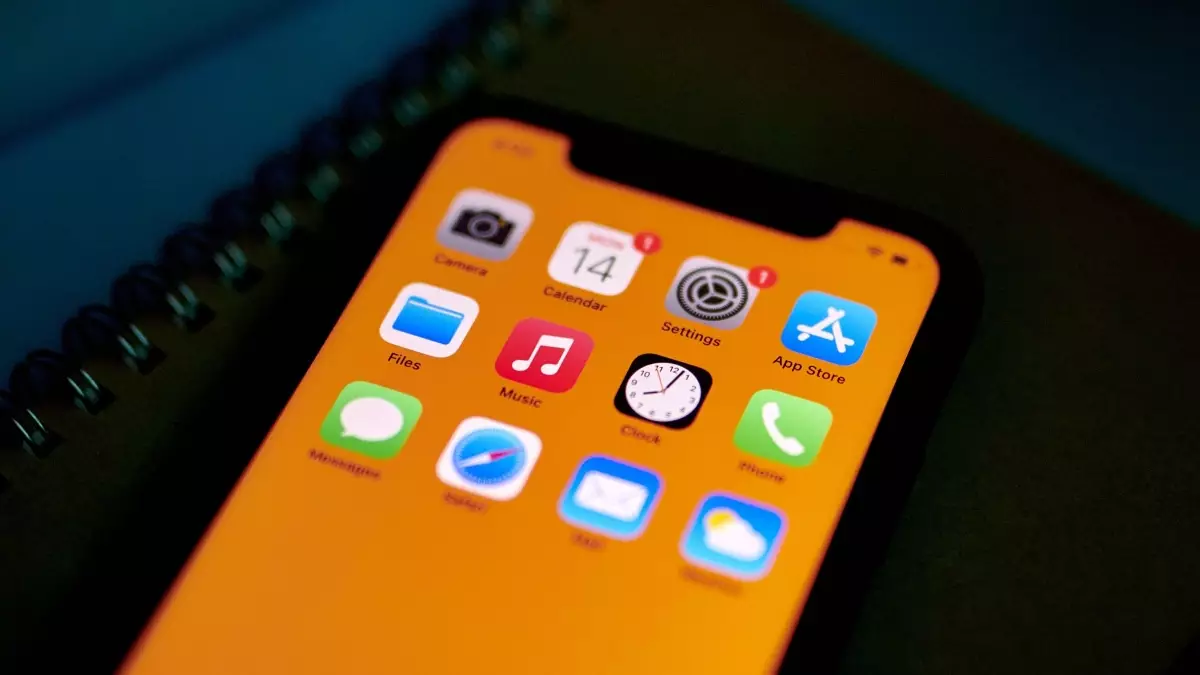Apple’s recent decision to extend its agreement with Qualcomm for three more years highlights the challenges the company is facing in designing its own modem semiconductors. While Apple’s push to develop in-house chips was initially seen as a game-changer, it appears that the process is taking longer than expected. This article will dive into the difficulties Apple has encountered and the implications of the extended partnership with Qualcomm.
According to Qualcomm’s statement, the new pact will cover smartphone launches from 2024 to 2026. This extension means that Qualcomm will maintain its position within Apple’s supply chain as the iPhone maker remains Qualcomm’s largest customer. This continued collaboration also validates Qualcomm’s claim to having the best smartphone modem, a critical component for internet connectivity and calls.
The news of the extended agreement has had a positive impact on Qualcomm’s stock, which surged over 8 percent in premarket trading. On the other hand, Apple’s stock saw a more modest increase of less than 1 percent.
Apple’s decision to extend the agreement with Qualcomm suggests that building a modem component has proven more challenging than expected. The company began its modem project in 2018 and further bolstered it with the acquisition of Intel Corp.’s smartphone chip business in 2019. However, the development process has encountered setbacks, including difficulties with battery life and bureaucratic challenges in certifying the modem with authorities.
Apple’s in-house chip push, known as Apple Silicon, has seen success in other areas, such as replacing Intel processors in Macs. However, the modem component presents unique challenges. Apple needs a chip that can seamlessly connect to various cellular networks globally while surpassing or matching Qualcomm’s performance. These technical requirements have proven to be quite demanding.
Despite the challenges faced in developing a modem component, Apple continues to push forward. The company has been working to replace other semiconductors within the iPhone, including a key Broadcom part. To accomplish this, Apple has been recruiting chip talent by staffing up in Southern California, where Qualcomm and Broadcom have offices. The company has teams working on the new wireless chips in Cupertino, San Diego, and Germany.
While the extended agreement with Qualcomm runs until 2026, Apple may still introduce its own modem before then. The company has been planning a gradual rollout of the component. Qualcomm, projecting a 20 percent share of the business when the 2026 iPhone launches, hints at the possibility of Apple’s growing independence from Qualcomm in the coming years.
Apple’s decision to extend its agreement with Qualcomm highlights the complex nature of developing semiconductor components in-house. The challenges faced by Apple in creating its own modem chips have required additional time, leading to the extension of the partnership. However, Apple’s commitment to this undertaking demonstrates its determination to become more self-reliant in the semiconductor space.
As Apple prepares to unveil the latest iPhone, along with updated Apple Watch models and AirPods, it relies on these products to reverse a sales decline that has persisted for three quarters. The iPhone remains Apple’s largest revenue generator, accounting for approximately half of its total revenue.
The challenges faced by Apple in designing its own modem chips provide insights into the complexities of semiconductor development. While the extended partnership with Qualcomm indicates delays in Apple’s modem project, it also underscores Apple’s determination to create custom chips to drive its product innovations. As the technology landscape continues to evolve rapidly, it will be fascinating to see how Apple navigates these challenges and realizes its goal of achieving greater control over its chip supply chain.


Leave a Reply